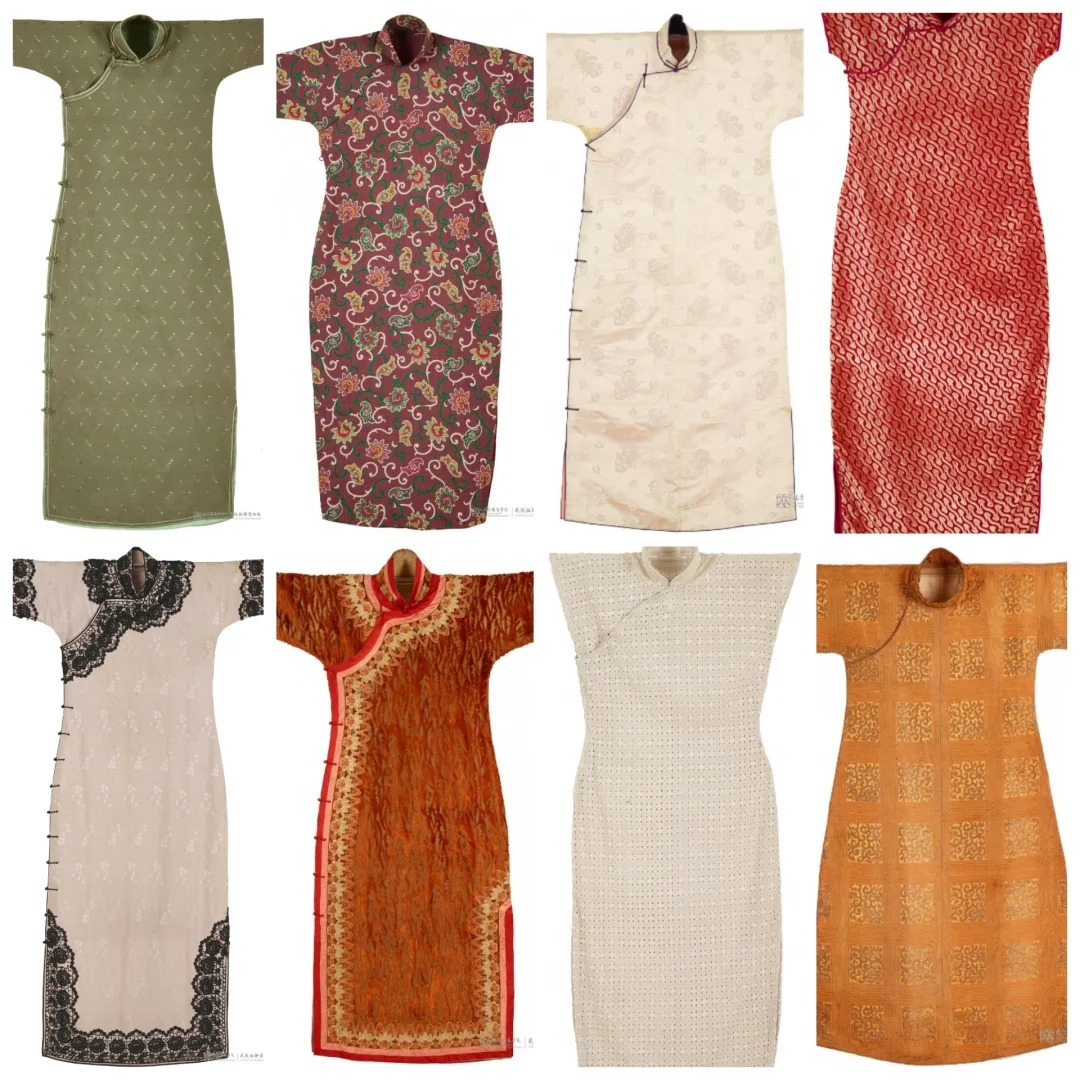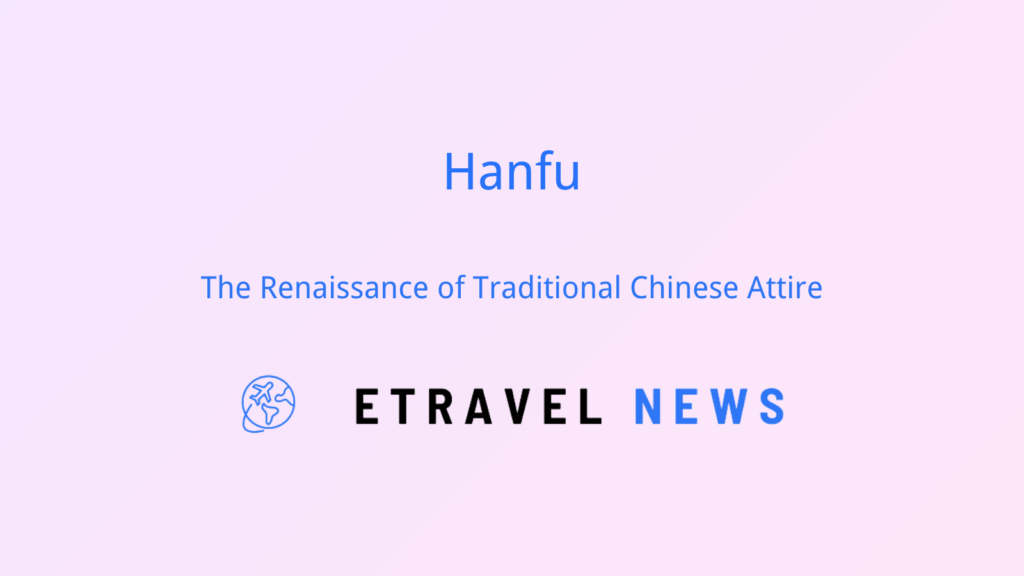Introduction to Traditional Chinese Clothing
Chinese clothing, with its rich history spanning thousands of years, is a vivid tapestry of the nation’s cultural evolution. From the flowing robes of ancient dynasties to the sleek modern interpretations, traditional Chinese attire reflects the values, aesthetics, and social structures of each era.
The main styles of Chinese clothing have been shaped by various dynasties, with each leaving its unique imprint. Confucian principles of propriety and social hierarchy heavily influenced clothing designs, dictating appropriate attire for different social classes and occasions.
Throughout history, Chinese clothing has served not just as protection from the elements, but as a canvas for artistic expression, a symbol of social status, and a reflection of philosophical ideals.

Evolution of Chinese Clothing Through Dynasties
Han Dynasty (206 BCE – 220 CE)
The Han period established the basic clothing system that would influence Chinese fashion for centuries. The iconic cross-collar robe, or “shenyi,” became the standard garment for both men and women.
Tang Dynasty (618 – 907 CE)
Often referred to as the golden age of Chinese fashion, the Tang era saw an explosion of colors, fabrics, and styles. Influence from the Silk Road brought new textiles and designs, creating a cosmopolitan fashion scene.
Ming and Qing Dynasties (1368 – 1912 CE)
These later dynasties developed many of the iconic styles we associate with traditional Chinese clothing today. The Ming saw the rise of the “mangpao” for officials, while the Qing introduced the “qipao” that would later evolve into the modern cheongsam.
Traditional Chinese Clothing for Women
- Hanfu: The traditional dress of the Han Chinese, characterized by cross-collar robes and flowing sleeves.
- Qipao (Cheongsam): Originally a loose-fitting garment, it evolved into the form-fitting dress popular in the 20th century.
- Aoqun: A combination of a short jacket (ao) and a skirt (qun), popular during various dynasties.
Women’s clothing was often adorned with intricate embroidery and paired with elaborate hair ornaments and jewelry. Footwear ranged from simple cloth shoes to the controversial bound “lotus feet” shoes.
Traditional Chinese Clothing for Men
- Changpao: A long robe worn by scholars and officials, often featuring wide sleeves and a high collar.
- Magua: A riding jacket typically worn over the changpao, adopted from Manchu culture.
- Zhongshan Suit: Also known as the Mao Suit, this 20th-century adaptation blends traditional and Western styles.
Men’s headwear, such as the scholar’s cap or the official’s hat, often indicated social status and occupation.
| Clothing Item | Gender | Era | Key Features |
|---|---|---|---|
| Hanfu | Both | Han Dynasty onwards | Cross-collar, wide sleeves |
| Qipao | Women | Qing Dynasty, modern | Form-fitting, high collar |
| Changpao | Men | Various dynasties | Long robe, wide sleeves |
| Zhongshan Suit | Men | 20th century | Blend of Chinese and Western styles |
Symbolism and Design Elements
Colors play a crucial role in Chinese clothing, each carrying specific meanings:
- Red: Happiness, good fortune
- Yellow: Imperial power (reserved for the emperor)
- Blue: Immortality, advancement
Patterns and motifs often feature symbolic elements like dragons (imperial power), phoenixes (feminine grace), and various flowers representing virtues.
Fabric choices ranged from simple hemp for commoners to luxurious silks for the nobility, each fabric carrying its own social and cultural significance.

Traditional Clothing in Modern China
Recent years have seen a revival of interest in traditional Chinese clothing. Young people are embracing hanfu and other historical styles, wearing them for special occasions and everyday life.
This resurgence has influenced global fashion, with designers incorporating elements of traditional Chinese clothing into modern collections.
Efforts to preserve traditional craftsmanship, such as silk weaving and embroidery, ensure that the artistry of Chinese clothing continues to thrive.
Experiencing Traditional Chinese Clothing
To fully appreciate traditional Chinese clothing:
- Visit museums like the China National Silk Museum in Hangzhou
- Attend cultural shows and festivals where traditional attire is showcased
- Try on traditional outfits at specialized studios in major cities
When shopping for Chinese clothing, consider:
- Authenticity of designs and materials
- Quality of craftsmanship
- Appropriateness for intended use (ceremonial vs. casual wear)
Remember, wearing traditional Chinese attire carries cultural significance. It’s important to do so respectfully and in appropriate contexts.
Traditional Chinese clothing is more than just fabric and design; it’s a wearable history lesson, an art form, and a celebration of cultural identity. Whether admiring the intricate embroidery of a wedding hanfu or the sleek lines of a modern qipao, one can’t help but be awed by the millennia of artistry and tradition woven into each garment. As China continues to blend its rich heritage with contemporary influences, its clothing remains a vibrant testament to the enduring beauty and adaptability of Chinese culture.





